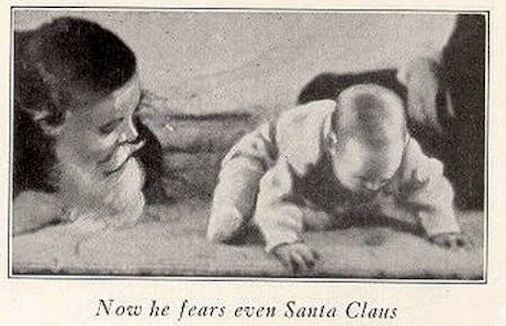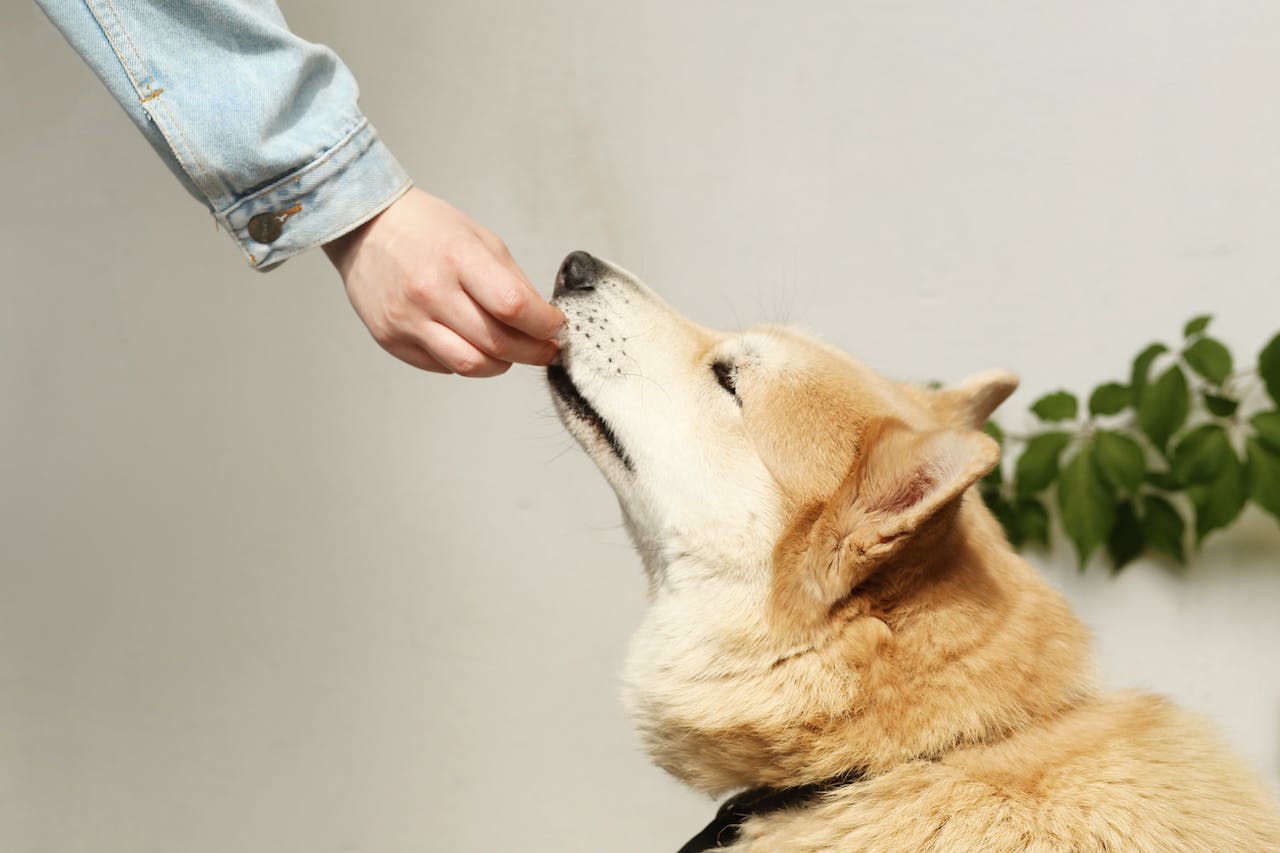Classical conditioning is the type of learning in which you learn unconsciously. An automatic condition response is paired with a specific stimulus in classical conditioning. It creates a behavior. Ivan Pavlov is known as the father of classical conditioning. He conducted canine digestion. He found that over time, dogs were salivating not only when the food was served to them but also when the people arrived who feed them daily.
To test this theory of salivating of dogs, it was tested that they were salivating because the people were being associated with being fed. Pavlov began ringing the bell and presented the food. In this way, dogs associated the ringing bell with food. Dogs learned to associate the ringing of the bell with the food. It causes their mouths to salivate on the bell ring. It was not limited when they encountered the food.
Conditioning is beneficial in an evolutionary sense. It helps us to create an expectation that prepares us for future events. For example; if a portion of food gives you sickness, it will help you to associate that food with sickness. In this way, it will help you to prevent that food and getting sick in future.
Another example is if your cat splashes from their water bowl because it is how they learned to drink. The splashing has become the stimulus, and you should invest in a spill proof cat water bowl.
Classical Conditioning Process
Unconditioned Stimulus
An automatic response. In Pavlov’s dog experiment, food is the unconditioned stimulus.
Unconditioned Response
When someone experiences the unconditioned stimulus, there is a natural response. Such as salivating from the food in Pavlov’s dog experiment.
Conditioned Stimulus
It is considered a natural stimulus. When someone is exposed or presented to it over and over before the conditioned stimulus, such as food, it evokes the same response. In Pavlov’s dog experiment, the bell before the food is a conditioned stimulus.
Conditioned Response
It is an acquired rather than a natural response to the conditioned stimulus, such as the bell. It is often the same response as during an unconditioned response. The dogs salivated for the bell, in the same way, they salivated for the food presented to them.
Extinction
When you start presenting the conditioned stimulus, such as the bell, over and over but without unconditioned stimuli, such as the food. After some time, the dogs would unlearn their conditioning that bell ringing is a sign of food.
Generalization
It is a term used for the same response to similar objects. The dogs began salivating on similar sounds to the bell. They generalized what they learned in this experimentation.
Discrimination
It is the opposite of generalization. It helps you to discriminate between similar but not identical stimuli. The response will not be the same. The sound of a horn would not make the dogs salivate.
Stages of Classical Conditioning
Before Conditioning
When the unconditioned stimulus and unconditioned response come into play before conditioning. It is a natural response.
During Conditioning
In this stage, we associate the neutral stimulus with the unconditioned response.
After Conditioning
Once the associated conditioned stimulus is learned with the unconditioned response. It becomes the conditioned response. You unconsciously learn to associate the new stimulus with the response.
Little Albert Experiment
Little Albert, a 9-month-old infant was tested on his reactions to various neutral stimuli. This experiment was conducted by Watson and Rayner in 1920. This experiment was conducted to find the answer to three questions:
- An animal that appears simultaneously with a loud and fear-arousing sound can condition an infant to fear an animal?
- Would that fear be transferred to animals or any inanimate objects?
- For how long that fear will persist in an infant?
Little Albert was shown a rabbit, a white rat, a monkey, and various masks. In an experiment, little Albert was described as on the whole stolid and unemotional. He showed no response as a fear to any of these stimuli.
Now to create a sense of fear or to startle him, a hammer was stuck against a steel bar. It was done behind his head, where he could not see that where the loud noise was coming from. The sudden loud noise caused little Albert to burst into tears.
When little Albert turned 11 months, the white rat was shown to him and the steel bar was struck with the hammer causing the loud noise. The experiment took two sessions to prove this theory. It was done one week apart. Little Albert was shown seven pairings of rat and noise. The reaction of Little Albert was crying and avoiding the rat when it was shown to him.
By this time, little Albert showed every sign of fear when he had to see the rat. He would cry with or without the hammer struck against the steel bar. As a reaction, he would crawl away from the rat.
Process of classical conditioning
Before conditioning, the rat was a natural stimulus for little Albert without a reaction of fear. A hit of hammer on steel bar was a natural reflex of little Albert with a reaction of fear and crying. During the condition, a rat and a hit on steel bar with hammer became a natural reflex with a reaction of little Albert of fear and crying.
After conditioning, a rat without a hit on a steel bar with a hammer because a conditioned reflex for little Albert with fear and crying.
Generalization

Classical conditioning can be used to create phobia, as proved by the little Albert experimentation. A phobia is a type of anxiety disorder that is defined by a persistent and excessive fear of a situation or an object. It is an extreme or irrational fear or aversion to something.
Extinction
Little Albert was observed over the next few months and ten days after conditioning. In this observation, they learned that his fear of the rat was much less marked. The dying out of a learned response is called extinction. After a full month, it was evident that the association could be renewed by repeating the procedure fewer times.
Albert’s mother withdrew him from experimentation. Watson and Rayner were unable to conduct further experiments to reverse the condition.
Evaluation
- Watson and Rayner conducted this experiment by conditioning little Albert with natural stimuli, also a generalized stimulus such as dog, rabbit, rat, etc.
- There are some doubts if the fear response of little Albert was a phobia. Little Albert showed no response when he was asked to suck his thumb. He forgot about the loud noise stimulus at that time. Watson and Rayner took out his thumb after 30 mins to observe a fear response.
- There were no limitations to control the subject and no objective measure of the fear response.
- The experiment was done on one individual, so the finding cannot be implemented as generalized to others.
- The experiment of little Albert was conducted before ethical guidelines were implemented in psychology. This experimental study can only be judged retrospectively.
- The experiment was conducted without the knowledge or consent of Albert’s parents.
- Creating a classical conditioning fear is an example of psychological harm.
- Watson and Rayner did not desensitize the fear of rats from little Albert.
Verdict
In this article, we have discussed classical conditioning and its process. There are three stages in which you can apply classical conditioning to anyone. Little Albert experiment will help you to learn classical conditioning and how it works.
